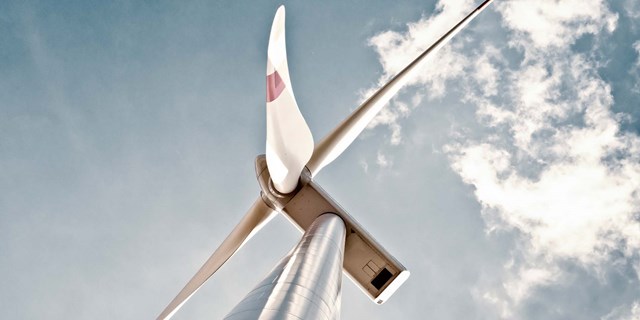
Early planning of life extension can increase wind project margins by additional 2%
A study conducted by K2 Management found that wind project owners can increase their overall project earning by up to 2% if they plan for lifetime extension at an earlier stage in the project, rather than beginning the process in the project’s final year.
The study is based on a 24MW German onshore wind farm with a capacity factor of 35 and the potential to extend the wind farm’s life from 20 years to 25 years.
By waiting until the project is nearing the end of its standard life to plan a five-year extension, this can increase the need for turbine inspections and the likelihood of the technology failing or wearing out before extension can be considered is much higher.
K2 Management’s calculations show that by beginning the fleet monitoring when the turbines are 10 years old, project owners can start to tailor the maintenance programme and optimize service setup and the O&M contract towards facilitating a 25-year life.
Senior Asset Management Consultant at K2 Management, Lars Hedemann, said: “We are talking to clients in great detail about looking at their assets as they are moving towards later life and it is really opening clients’ eyes as to the opportunities that are out there to turn a 10-to-15-year-old ageing asset into the most profitable and successful investment possible.”
These considerations are part of a wider focus on late life strategy and the revenue benefits that come with planning a project’s later life strategy earlier in its life.
When a turbine faces the latter phase of its lifecycle, the project owner(s) must decide whether to continue operating the asset until decommissioning at year 20, extend the life beyond the typical 20-year period, repower the project with newer technology or depending on the investment profile, seek a buyer.
Hedemann says: “While this may seem like a simple decision driven by the business case, deciding what to do with an ageing asset comes with many complex scenarios and considerations that require detailed analysis.”
“Considerations such as reflecting the asset management strategy that’s in place on the project, looking at the impact of local regulations and failure ratios of turbine types are elements that can easily be overlooked without a structured strategy in place.”
Late Life Strategy encompasses a three-step strategy model:
-
Step 1: A lean, high-level analysis detailing the pros and cons of the project’s options, based on country-specific factors, permits and technology, before a recommendation is made on the two most appropriate actions.
-
Step 2: A more detailed analysis is undertaken, similar to a due diligence review, where both options are considered and compared in detail, before one option is recommended.
-
Step 3: A detailed plan of execution is developed and delivered.
Hedemann continues: “The optimal time to start planning the late life of your asset is around year 10, especially if a divestment proves the more attractive solution, so projects that are reaching the half way mark of their lifetime should begin this process to ensure that the optimal solution is being sought at the right time.”
To find out more about late life strategy and how this could help to maximize your project, get in touch.




